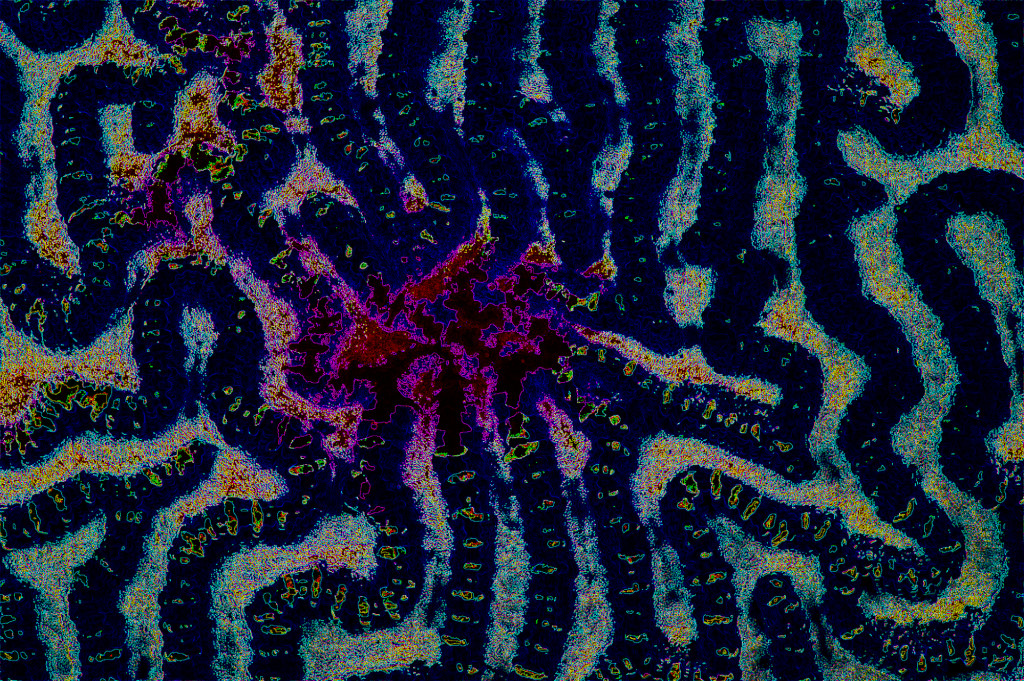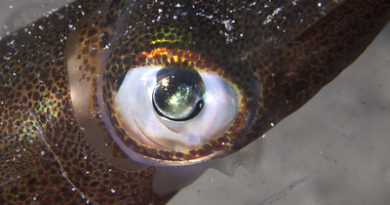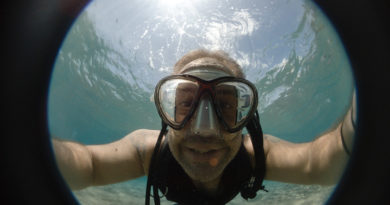Diving on Ganymede!
So, NASA tells us that Jupiter’s moon Ganymede has massive oceans full of liquid water beneath its ice crust. This moon is the largest moon in the solar system, with a diameter about half of earth’s. This sounds like a gnarley dive site for the advanced diver to me. Let’s look at the “practicalities”:
How to get there: Prospective divers will have to bear space flight for many months. No, there is no such spaceship in existence yet which can transport living humans that far, but it’s something at least remotely feasible (in contrast to interstellar travel). The distance can be bridged in significantly less that a human life-time, and we have both sent spaceships (sans humans) to Jupiter, and we have kept humans alive in space for many months. I don’t expect such spaceships to exist in the next few years, but if all industrialized countries collaborated to build one, it could be done within decades.
Equipment to bring: The gravity on Ganymede is about 1/8th of Earth’s. We hence can do dives 8 times as deep with the same deco requirements as on earth. But the ice moon’s oceans are so deep – 100 kilometers, about 10 times the deepest depth reached on Earth – that the pressures will still be enormous if we want to reach the ocean floor. I have not seen detailed measurements of the Ganymede ocean topologies, so maybe there are also shallower parts? In any case, the ice plateau on top of the oceans might be interesting to watch as well. We’ll dive there, for starters. Bring a dry suit.
So, that brings us to the ice crust issue. You will have to drill through that first, ideally with some kind of nuclear powered heat-drill. Nothing else will contain enough energy in a reasonable sized piece of gear. Since the crust might freeze over very fast again – there is not so much heat from the sun around Jupiter anymore – you might want to come with a drill in which you can sit in – on top of the nuclear melting device. Some led will do for radiation insulation. Safety at least 3rd!

What you will see: Creeeeeeezy shit, certainly. Interesting submarine geological activity for sure. Life forms? Maybe! Trippy multicolored bacterial mats would be the most likely thing to expect – although no such thing has been proven to exist, it is not completely unlikely either. The energy for these life forms could come from the geological activity. The thrill of searching for these alien organism, however simple, would be a big part of the thrill. Could higher, multi-cellular organisms exist on Ganymede, too? It’s very hard to say how likely they would be on planets with at least bacteria; we simply have so far only observed one example of planetary scale evolution. Do bacteria on a planet always give rise to more complex grazers? IF we find bacteria on Ganymede, can we also expect some slugs grazing on them? There is only one way to find out, and that’s to do the dive.
Ganymede Fun Divers offer the PADI ice moon diver specialty course, with equipment rental for only 436 million Australian Dollars.

